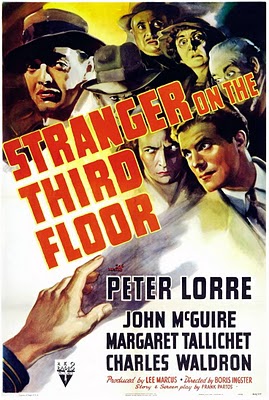
Of course, by that time many other factors had come into play. In the fifties, the studio system fell apart and television began to chip away at the movie business. To compete, movies got bigger and louder. Perhaps most importantly, they also got more colorful. Black and white suddenly became old, signaling the end of the iconic noir cinematography. Noir became stodgy in other ways, too. After Psycho and Bonnie & Clyde upped the ante on mainstream sex and violence, B-movies went through a depressing period of readjustment—or perhaps a better word is disintegration. Noir advertising had always promised more cheap thrills than the movies actually delivered. By 1969, however, a film like Don Henderson’s sleazy The Babysitter—a sloppily shot muddle of hippie nudity and druggie sadism—was evocative of the new grindhouse version of pulp. If what you wanted was sex and violence, there was no longer any reason to sit through an actual plot.
This is not to suggest that the sixties were all bad, though. Films like Robert Wise’s Odds Against Tomorrow (1959), Allen Baron’s Blast of Silence (1961), and Sam Fuller’s Shock Corridor (1963) and The Naked Kiss (1964) kept expanding the limits of the form. Pulp—like everything else in Hollywood—changed. By the time the seventies rolled around, noir had spilt into the two main permutations we still see today:
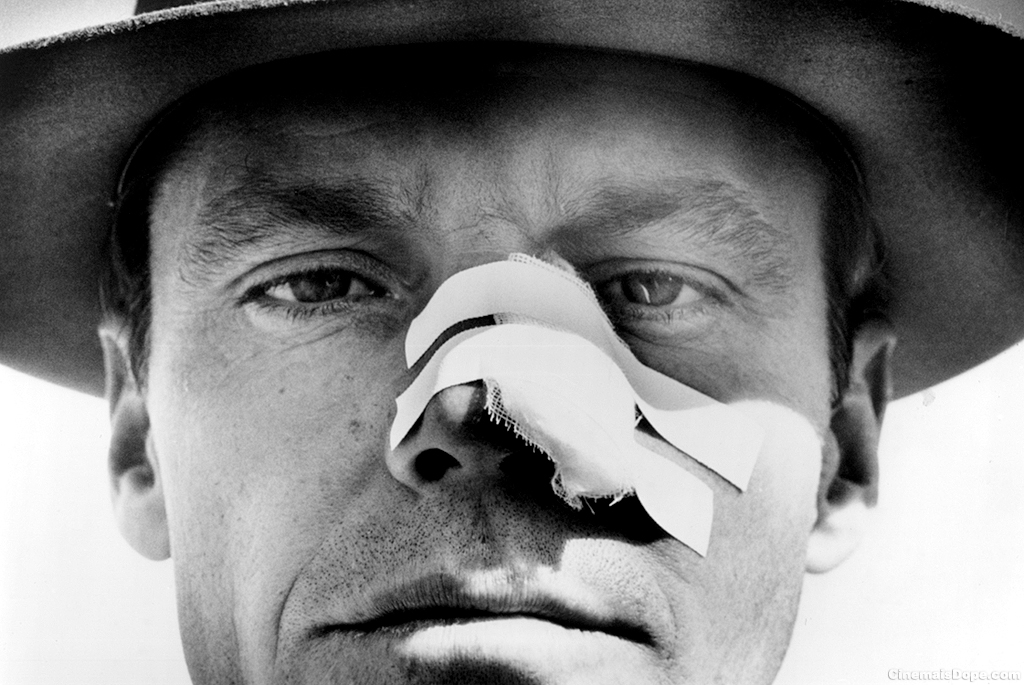
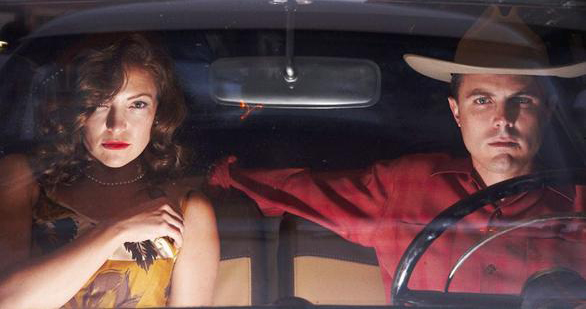
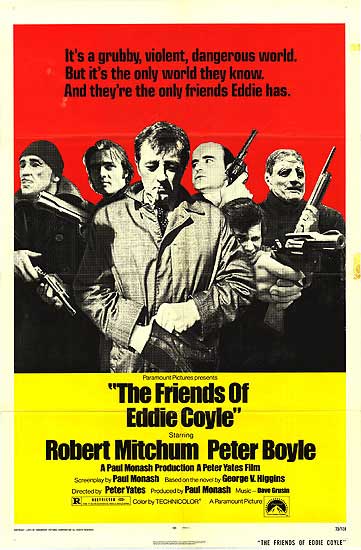
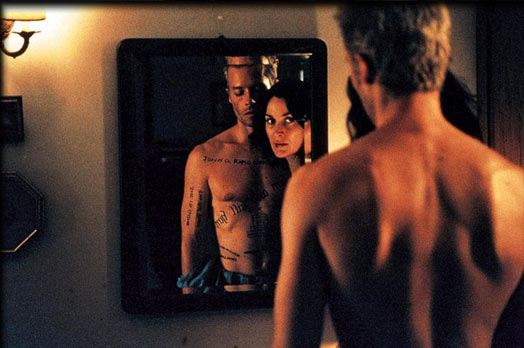
Retro-noirs can certainly be done well—Chinatown and LA Confidential are about as good as movies have a right to be—but they come with certain pitfalls. Like all period pieces, they erect an additional layer of unreality between their story and the audience, a fabricated distance of time. There’s something distracting when a modern star slips on a fedora and fires up a Lucky Strike. This ties into another problem with Retro-noirs: they have to negotiate the pull between being a reenactment of another time period and a reenactment of the movies of another time period. The Black Dahlia is a crappy movie for many reasons, but it might have been better if Dana Andrews had been around to play Josh Harnett’s part. Likewise, the cast of Mulholland Falls (1996) don’t seem to know what kind of movie they’re in because the movie itself doesn’t know. The best Retro-noirs transcend this intrinsic problem. Carl Franklin’s underrated 1995 Devil in a Blue Dress, for instance, stays true to the spirit of Walter Mosley’s novel by following detective Easy Rawlins (Denzel Washington) on an adventure through parts of LA that Philip Marlowe never thought to visit. Like all good Retro-noirs, Devil in a Blue Dress has a legitimate reason to be set in the forties.
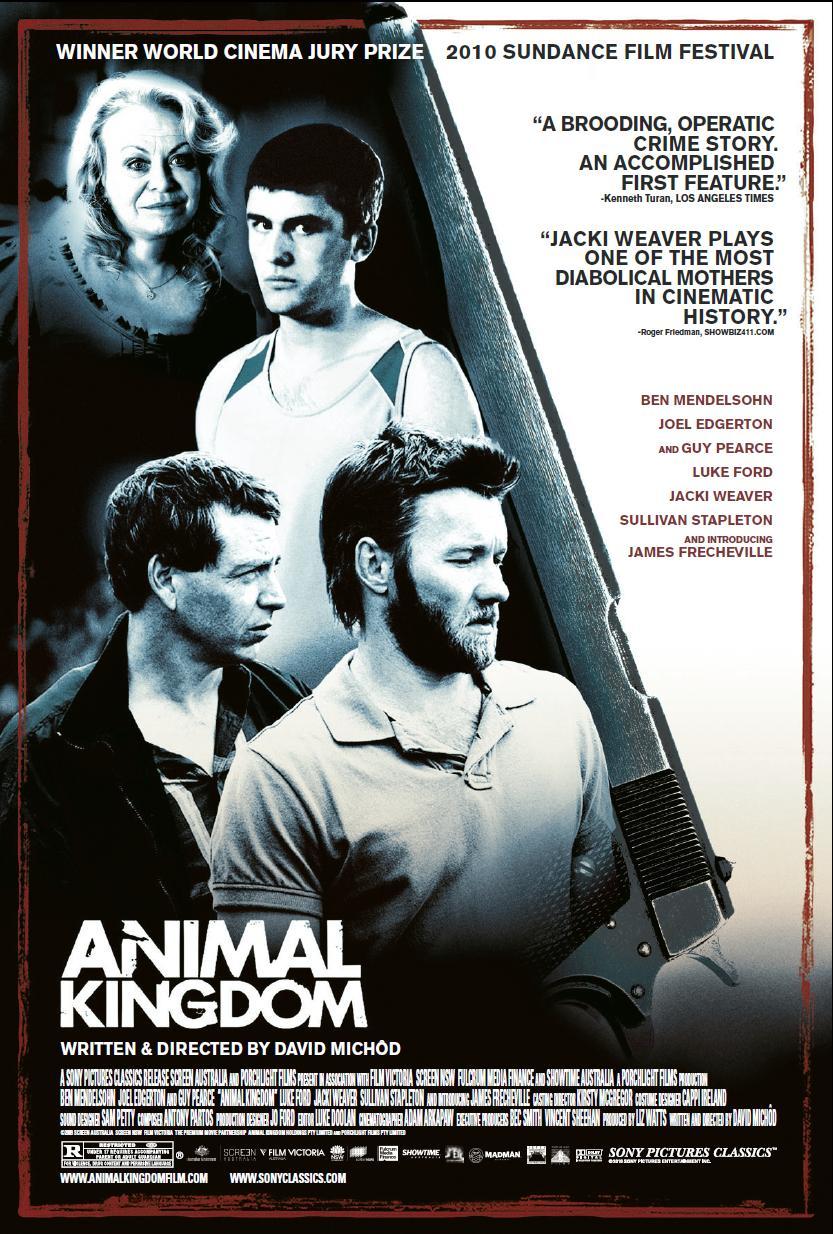
And on and on. The apparently deathless debate over what exactly constitutes noir (visual style? plot? archetypal characters?) is pretty good evidence that the idea of noir is malleable. This hasn’t been a bad thing through the years. A genre needs to adapt to the times. The rigidity of the western, for instance, hasn’t done that genre much good over the last twenty years or so. At least in part, noir’s essence is a sympathy for the devil, an impulse to complicate black and white morality and show that ordinary people are capable of acts of evil. Whether that takes its form in a period piece like The Good German or a present day potboiler like Before the Devil Knows You’re Dead, perhaps the point is still the same: the darkness in the human heart lives on.
Jake Hinkson, The Night Editor

I’m hoping you’ll be offering a post on the actual noir period at some point–I’ve seen a bunch of noirs, but have only nibbled at the genre, and would like some more recs.
Interesting to tag Memento as neo-noir; not arguing with your categorization, but I’d never thought of it in those terms. But I can definitely see it.
Very interesting points. Noir’s adaptive nature is no surprise as the very genre pushes parameters–of good and evil, ethics and logic. One film not mentioned that would also qualify as neo-noir would be Inception (another of Nolan’s films). It has strong elements of noirish aesthetics and the complementing futurist surrealism only strengthens your point about noir’s flexibility as a genre.
@MFrampton-
Thanks for the reply. I’ll be doing a lot more on classic noir in the future. My last piece, [url=http://www.criminalelement.com/blogs/2011/05/masters-of-darkness-and-light-film-noirs-unheralded-geniuses]on [/url][url=http://www.criminalelement.com/blogs/2011/05/masters-of-darkness-and-light-film-noirs-unheralded-geniuses]noir cinematography[/url], is a good place to start for some viewing possibilities.
Another top piece, Jake. The big danger of retro-noir is always its danger of tripping into pastiche. And after Dead Men Don’t Wear Plaid, that can be a bit of a tumble. Remember that Fallen Angels TV series, by the way?
Have you actually watched The Friends of Eddie Coyle any time recently? It stinks.
Great article. Another problem I think retro-noir encounters is the myopia of modern “sensibilities” that leads artists to ‘judge’ the social morals of the time a piece takes place in. That self-conscious criticism, I believe, takes an attentive audience out of the moment and ruins the fiction.
As someone who writes period thrillers set in the 1930s, I agree that retro-noir can be difficult to pull off, but rewarding when done right. The Black Dahlia was a terrible film because it allowed style to supplant story telling. The fedora and raincoat became the story, not characters wearing them. Your point is well taken: if you’re writing in the past, the writer needs to justify that in the story.
Publishers have recently told me that audiences don’t want stories about retro-noir anymore, but the recent success of Mad Men, Public Enemies, Boardwalk Empire and the like seem to prove that theory wrong. In literature, well-received books about the period by Joseph Kanon and Peter Quinn prove that readers still like the period if the story is well told and the period setting plays a key role in telling that story.
Very interesting article. I recently did a post on the failings of retro-noir/noir homage in terms of the 2006 film The Good German on my blog, poison pen cinema @wordpress. So this post really interests me. As a screenwriter, I know my love of noir seeps into my work but I don’t write any retro-noirs for various reasons including the pitfalls you mentioned.
French filmmaker Jean Pierre-Melville films like Le Samourai (which is a late ’60s film)are definitely neo-noirs, his respect and love of the genre is evident from every frame. I usually don’t care much for 1960s cinema but Jean Pierre-Melville is undoubtedly one of my greatest inspirations as a screenwriter, even though I don’t think our work is similar, and one of my favorite directors.
Glad that you pointed out Memento, Christopher Nolan often has noir ideas in his work and I’ve heard him talk a lot about noir as inspiration.
Great article!
Samper @5, that opinion would be more interesting if you explained why.
Great piece, Jake. I especially like your inclusion of the dilemma retro-noir filmmakers face when they do the period detail. Too often, they become obsessed with the clothes and the cars, and wind up playing at being noir directors. LA Confidential was probably the prime example of a director who assiduously avoided that pitfall, downplaying the period detail and letting the film itself place the viewer in that time.
Also, remakes of classic noir films tend toward disaster. Night And The City comes immediately to mind, but there are others. I’ve never understood the urge to remake an already-classic film, but I guess it will always inspire those among us to do exactly that.
Neo-noirs are all films dealing with dark themes. I would classify The Crow, Old Boy, Zodiac, L.A. Confidential, and Pulp Fiction as neo-noir films. Maybe The Perfect Murder falls into this paradigm.
Tron, Blade Runner, Drive, Collateral and Wild Things are also portrayed as neo-noirs. For the most part, the central theme of these films is dark crime. Futuristic movies such as Repo Men and Minority fit this mold because we are introduced to perceived future with crime elements.
[url=http://www.neonoirs.com]http://www.neonoirs.com[/url]
Thnaks for Shaering it